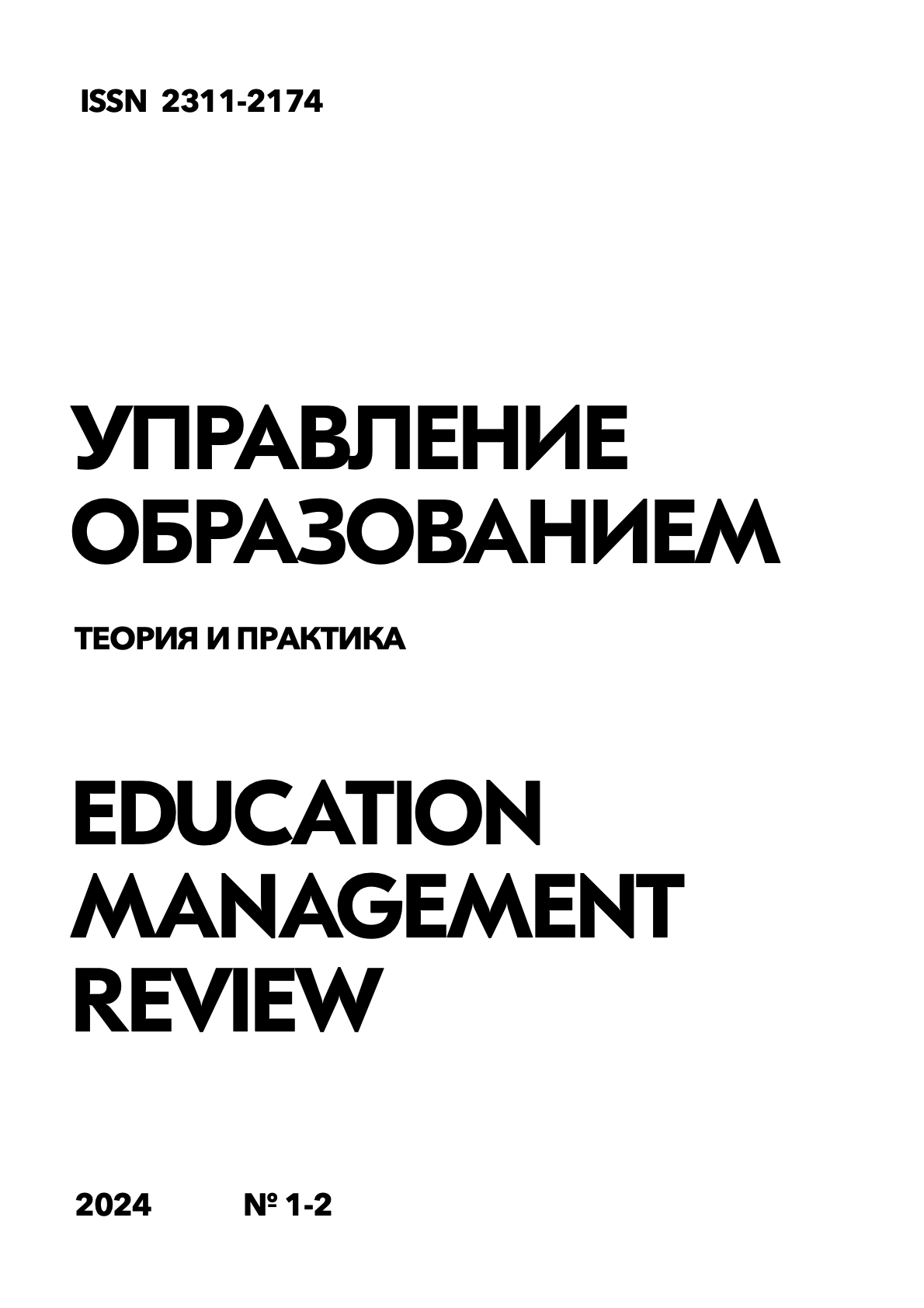Analysis and comparison of methods of teaching piano art in classical and modern educational systems: from traditions to innovations
DOI:
https://doi.org/10.25726/y5657-0174-6659-oKeywords:
piano art, teaching methods, classical music education, modern educational technologies, comparative analysisAbstract
Teaching piano art is one of the fundamental aspects of music education. Over the centuries, traditional methods of teaching piano have been formed, but in the modern educational system there is a tendency to introduce innovative approaches. The purpose of this study is to conduct a comparative analysis of methods of teaching piano art in classical and modern educational systems, to identify their features, advantages and disadvantages. The following methods were used to conduct the research: theoretical analysis of scientific literature on the research topic, monitoring the educational process in music schools and universities (15 educational institutions in total, 150 students), questioning piano teachers (75 respondents), interviewing outstanding pianists and teachers (10 interviews). The research materials were scientific publications, methodological manuals, educational programs, video recordings of master classes and concerts. During the study, it was revealed that classical methods of teaching piano art are based on strict discipline, long hours of lessons (on average 4-6 hours a day), the development of technical skills through repeated repetition of exercises (up to 70% of the study time), the study of the academic repertoire (more than 80% of the works are classical). Modern methods are characterized by greater flexibility, an individual approach, the use of a diverse repertoire (up to 50% of modern music), the use of technical teaching tools (special computer programs, digital pianos with learning functions), an emphasis on the development of students' creative abilities (improvisation, composition). The effectiveness of classical techniques is confirmed by the high level of training of professional pianists (85% of laureates of international competitions are graduates of classical schools), while modern approaches promote the popularization of piano art and attract a wide audience (an increase in the number of students of music schools by 25% over the past 10 years).
References
Абдуллин Э.Б., Майковская Л.С. О проблемах многоуровневой подготовки педагога-музыканта к исследовательской деятельности в вузах. Межкультурное взаимодействие в современном музыкально-образовательном пространстве: материалы XIY международной научно-практической конференции. М.: МГИК, 2017. С. 16-21.
Абдуллин Э.Б., Майковская Л.С. Технологии обучения основам исследовательской деятельности педагога-музыканта. Преподаватель XXI век. 2015. № 4. С. 210-215.
Блок О.А. Музыкальное произведение как объект освоения в классах инструменталистов: герменевтический подход. Мир науки, культуры, образования. 2020. № 5 (84). С. 193-195.
Бурякова Л. А., Буряков А. Г. Особенности организации системы высшего образования во Франции // Общество: социология, психология, педагогика. 2020. № 11. С. 97-109.
Климай Е.В. Проблема музыкального мышления в фортепианной педагогике. Мир науки, культуры, образования. 2021. № 1 (86). С. 171-173.
Климай Е.В. Феномен «обращения» в структуре интонирующего сознания пианиста. Искусство и образование. 2021. № 6(128). С 63-68.
Конотоп А.В., Дамулин И.В., Струценко А.А. Организационно-педагогические условия формирования современного специалиста (на примере образовательного процесса в медицинском вузе) // Alma mater. 2017. № 11. С. 41-45.
Сурикова О.В. Технология развития рефлексивной компетентности педагога // Зборшк навуковых прац Акадэми паслядыпломнай адукацьп. Вып. 18. Мшск: АПА, 2020. С. 416-428.
Трофимова В.В., Кобзева Н.А., Никонова Е.Д., Ботова А.Л., Зяблова Н.Н. Технология обучения: последовательность действий // Высшее образование сегодня. 2017. № 3. С. 23-26.
Хуторской А.В. Образование, сообразное человеку: технология выращивания ценностей и целей // Народное образование. 2014. № 4. С. 153-159.
Черватюк П.А., Майковская Л.С., Мансурова А.П. Готовность педагога к реализации образовательных технологий как ключевое требование современного института образования: к проблеме категориальной идентификации // Bulletin of the International Centre of Art and Education. 2020. № 1. C. 4.
Шакун Т.А. Развитие дидактических способностей слушателей переподготовки в процессе генеративного обучения педагогической деятельности // Адукацыя i вы-хаванне. 2022. № 9. С. 59-66.
Шеститко И.В., Вань К. Авторская методика в музыкальной педагогике: понятие, отличительные характеристики, персоналии // Самарский научный вестник. 2022. Т. 11. № 4. С. 342-346.
Шеститко И.В., Чэнь Ц. Профессиональная компетентность учителя вокала: сущность и структура // Педагогическая наука и образование. 2022. № 1. С. 65-71.
Юркина О.В. Западные методики обучения эстрадному вокалу: авторская методика Шерил Портер // Преподаватель XXI век. 2022. № 1. С. 176-189.
Dandelot G. Manuel Pratique pour L'étude des Clefs Sol-Fa-Ut. Education Musicale. Paris, 2009. 76 p.




